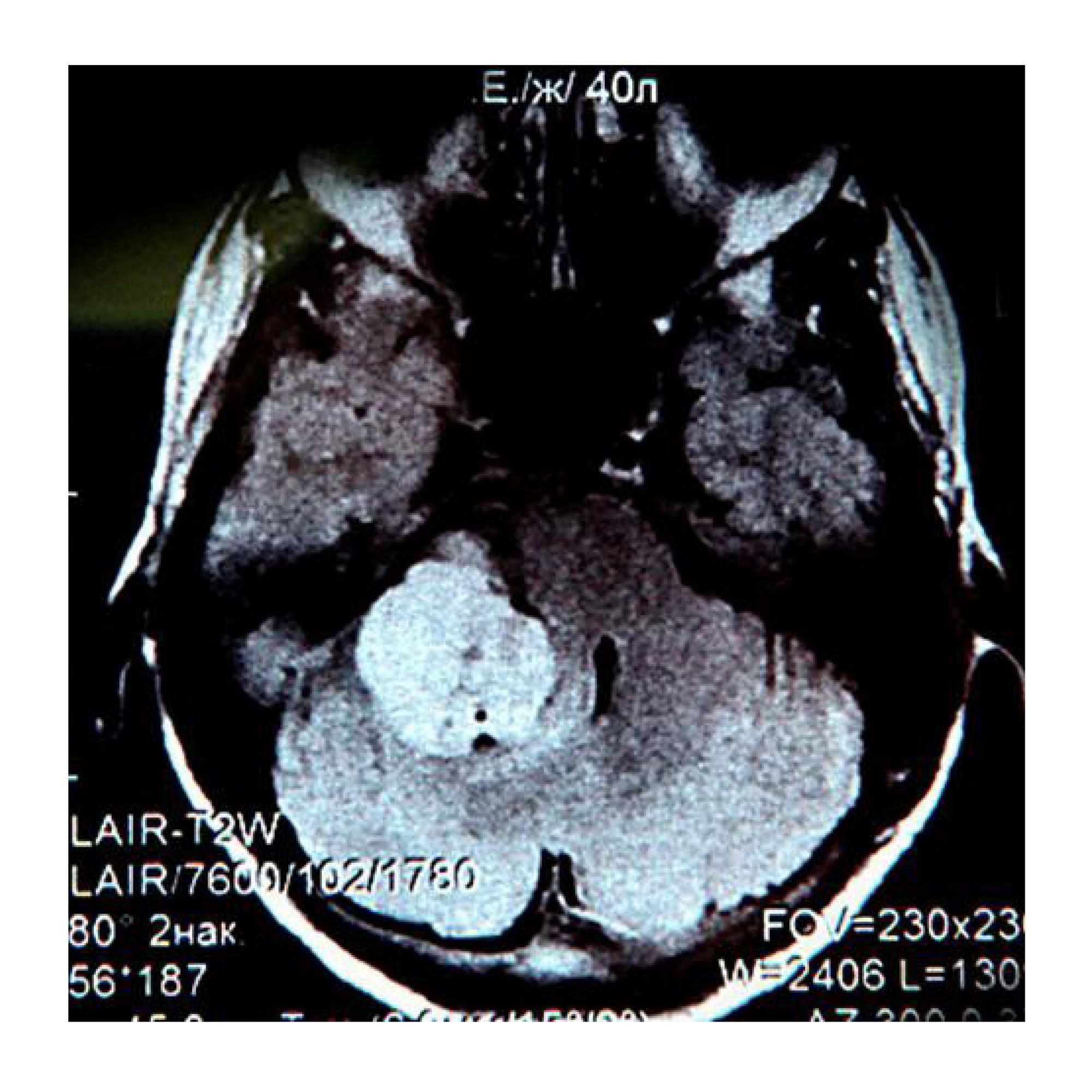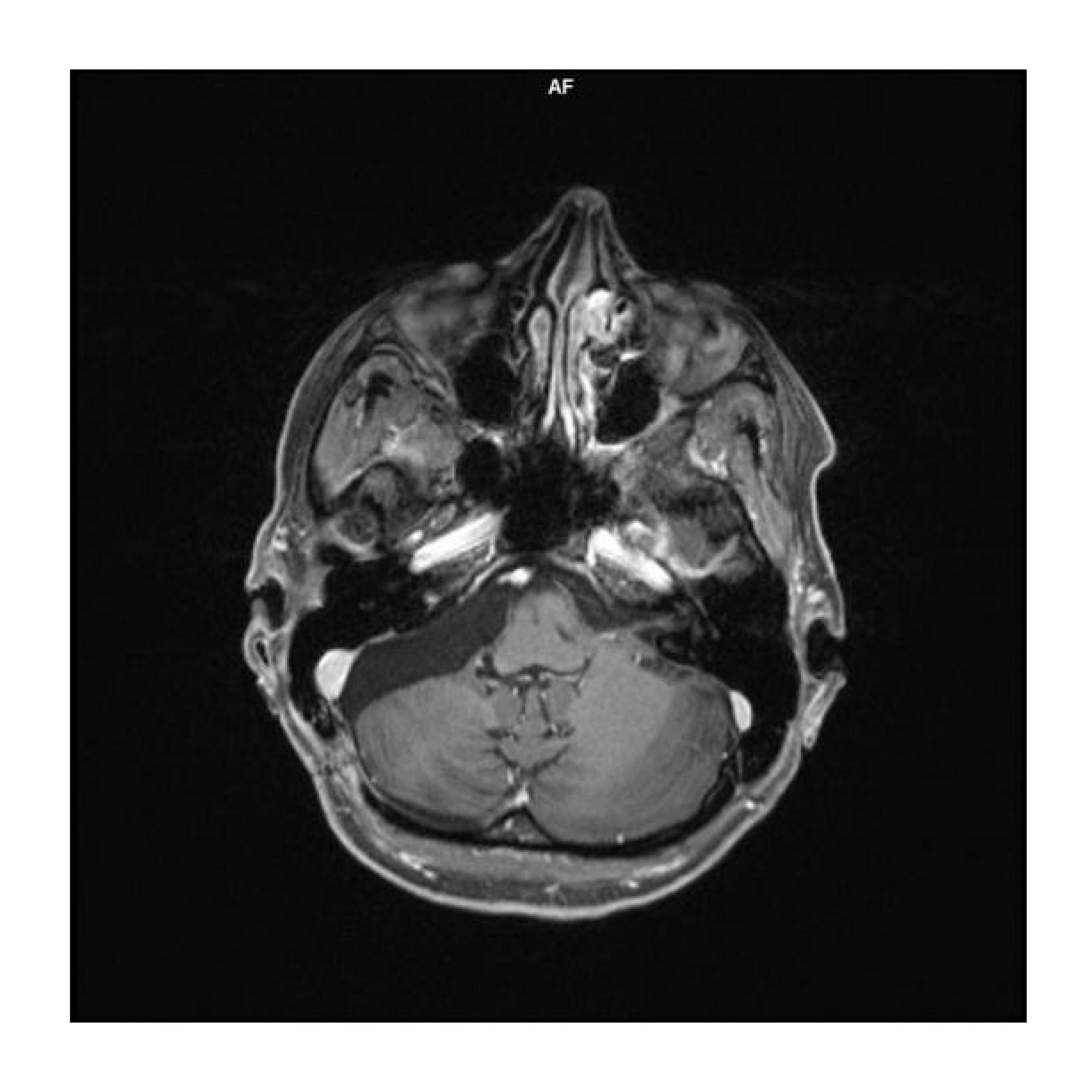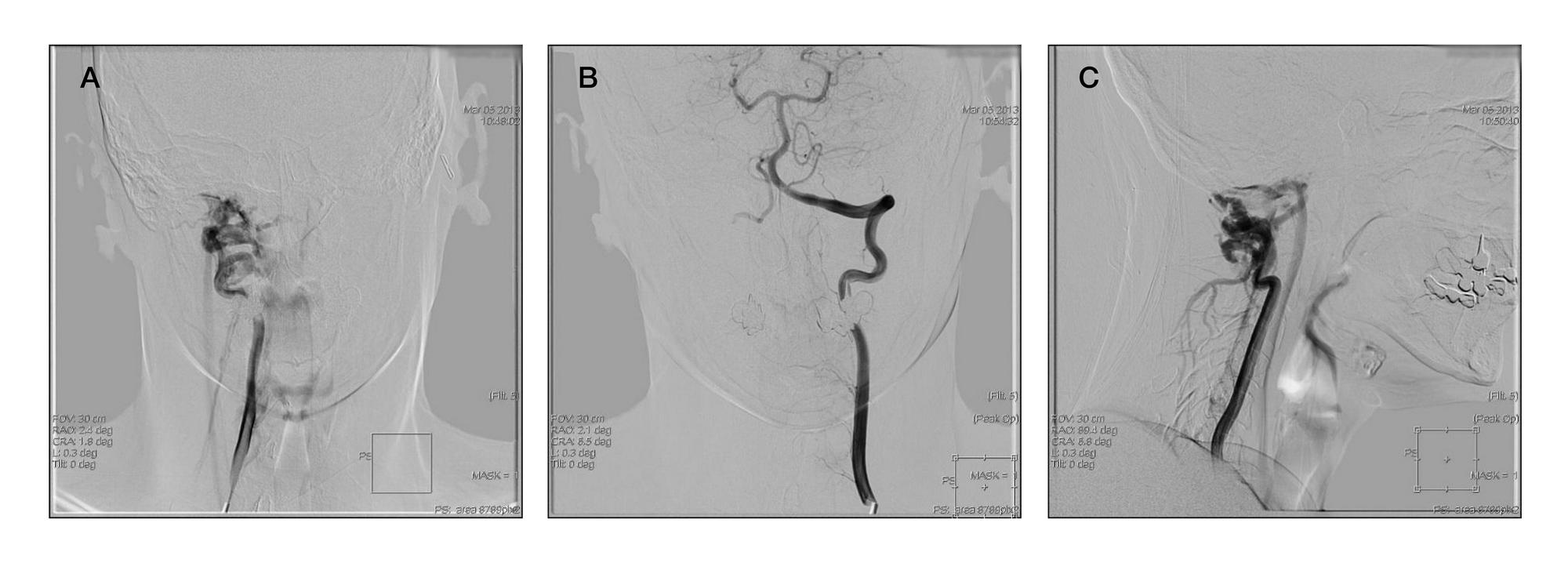
ISSN Print 2500–1094
ISSN Online 2542–1204
BIOMEDICAL JOURNAL OF PIROGOV UNIVERSITY (MOSCOW, RUSSIA)

1 Clinical Hospital of the Department for Presidential Affairs of the Russian Federation, Moscow
2 Burnasyan Federal Medical Biophysical Center, Moscow, Russia
3 Burdenko National Medical Research Center of Neurosurgery, Moscow
Correspondence should be addressed: Andrey A. Reutov
Marshala Timoshenko 15, Moscow, 121359; ur.oruenretnec@votuer


